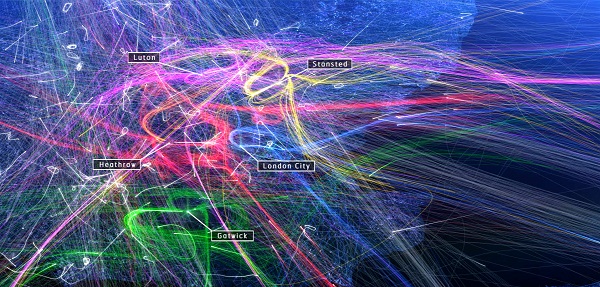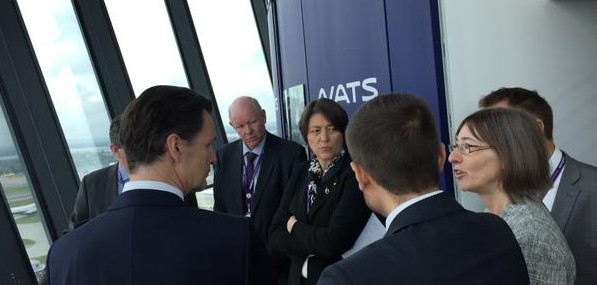Advancing Air Traffic Management through SESAR
11 January 2017Aviation is a global industry so cooperation cross-industry and across borders enables progress that wouldn’t be possible for one company or even one country working on their own. The Single European Sky ATM Research (SESAR) programme is one of the most obvious examples of this kind of cross-industry collaboration in Europe and indeed the world.

NATS has played a major role in the SESAR R&D programme since 2009 working with colleagues from across Europe. We have been involved in a wide range of projects with expertise from all parts of NATS. Hard work and dedication has resulted in a number of significant improvements to our operations, including the award-winning implementation of Time Based Separation (TBS) at Heathrow; the introduction of a cross-border arrivals management system (or XMAN) for Heathrow; and the implementation of optimum arrival and approach routes at Bristol Airport, using satellite navigation. Together, these have delivered and are expected to continue delivering significant benefits to the UK in terms of resilience, fuel efficiency and environmental performance.
After seven years of R&D work, the last planned activities that make up ‘SESAR 1’ have ended. While the programme generated a lot of good work there remains a lot more to be done to make the air traffic management system across Europe more efficient, safer and better equipped to deal with forecast capacity growth.
As such, the innovative work undertaken in SESAR 1 will continue in the SESAR 2020 programme, which is now getting underway. NATS is fully committed to SESAR, recognising the benefits that cross-industry collaboration can deliver to our customers, and we are delighted to be one of the SESAR 2020 programme members.

SESAR 2020 will deliver two ‘Waves’ of R&D projects – Wave 1, which has now begun in earnest and runs to 2019 and Wave 2 which will run from 2019. In the first three years of work, NATS plans to contribute to more than half of the 25 identified projects. We are leading the ‘Enhanced Arrivals and Departures’ project, which is a natural follow-on from our leadership of the Terminal Manoeuvring Area work package in SESAR 1. London’s airspace is some of the busiest and most complex airspace in the world and has a major impact on the UK’s airspace network, as well as Europe’s, so we’re keen to be at the forefront of this work.
We also plan to contribute to developments in infrastructure-related activities and the common functions that support the ATM operation – for example the sharing of flight information and the prediction of aircraft trajectories.
Alongside this, we’ll be participating in three Very Large-scale Demonstrations (VLDs). These VLDs help bridge the gap between the R&D phase and the deployment of key SESAR concepts and technologies, testing concepts at a scale that provides real insight to the likely impacts on today’s air traffic operations, and providing the opportunity to assess readiness for full-scale deployment across Europe.
NATS and the wider ATM industry need to understand the demands facing ATM in the future, prepare for them and find ways to adapt to them, which is exactly what SESAR aims to do. You will be able to find more information about all the work we’re doing as part of SESAR 2020 over the coming months and years via the NATS blog and website.
Comments
Please respect our commenting policy and guidelines when posting on this website.



